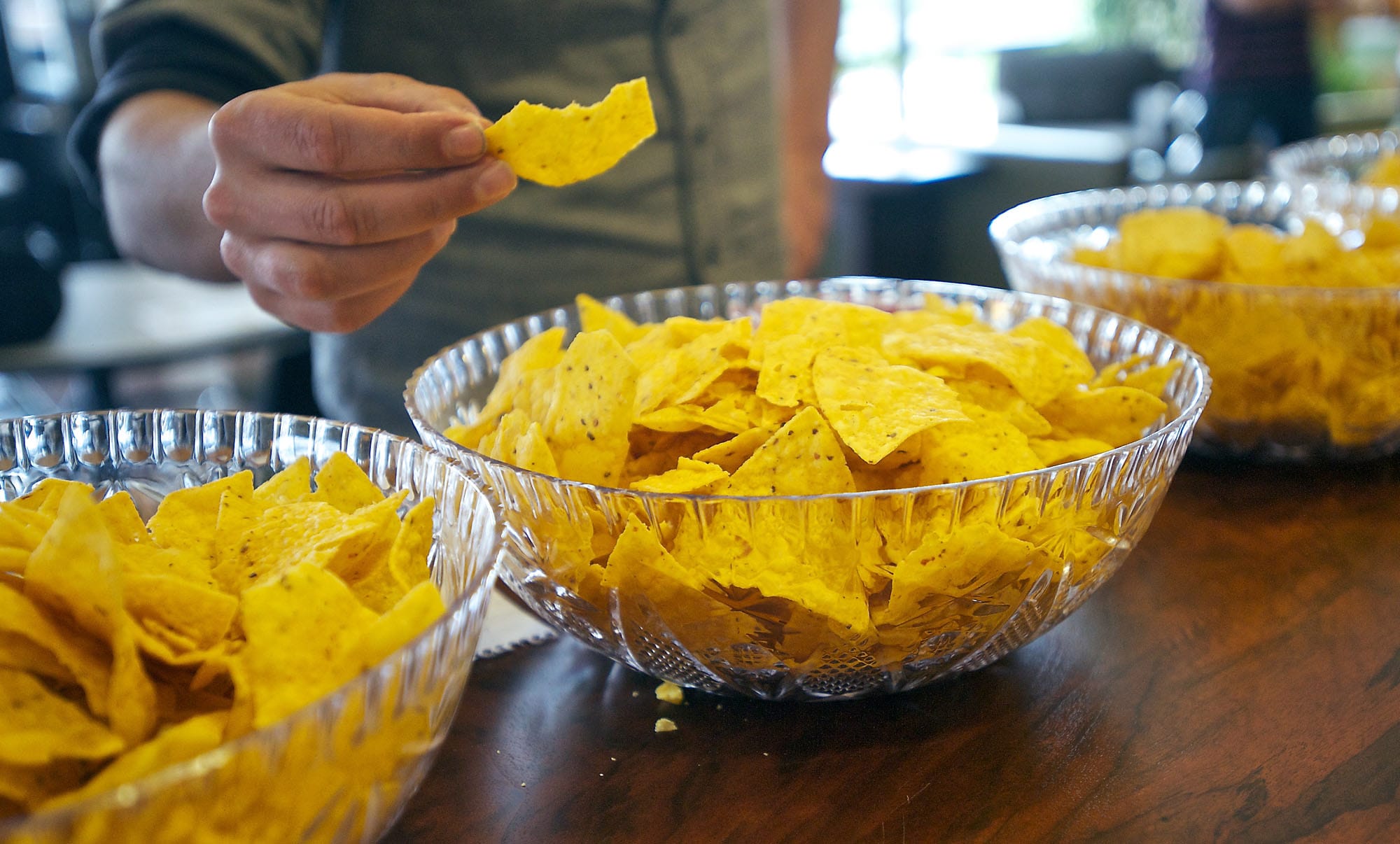Juanita’s Tortilla Chips has achieved the kind of customer loyalty that money can’t buy.
Maybe that’s because people love the way the chips taste. At least, it seems that way from The Columbian’s highly unscientific taste test.
Juanita’s, out of Hood River, Ore., faces a market challenge from snack food giant Frito-Lay, which has unleashed a rival chip product called La Cocina de Josefina. While the Josefina’s chips are sometimes displayed locally in supermarkets with a “Made in Vancouver” sign, nowhere does the label identify Josefina’s as a Frito-Lay product. It does, however, list the address of the Frito-Lay plant on Fruit Valley Road as the location of a company named La Cocina de Josefina, and Frito-Lay has confirmed that it is test-marketing Josefina’s in the Northwest.
That means Juanita’s faces a giant challenge. Frito-Lay, a division of Pepsico, owns many of the world’s top chip brands, including Doritos, Fritos and Tostitos. It owns about a 60 percent share of the U.S. salt-snack foods market and a 40 share of the global market, selling in 120 countries, according to industry sources. It’s constantly looking to add new brands and eliminate weak performers as it works to dominate supermarket shelf space.




